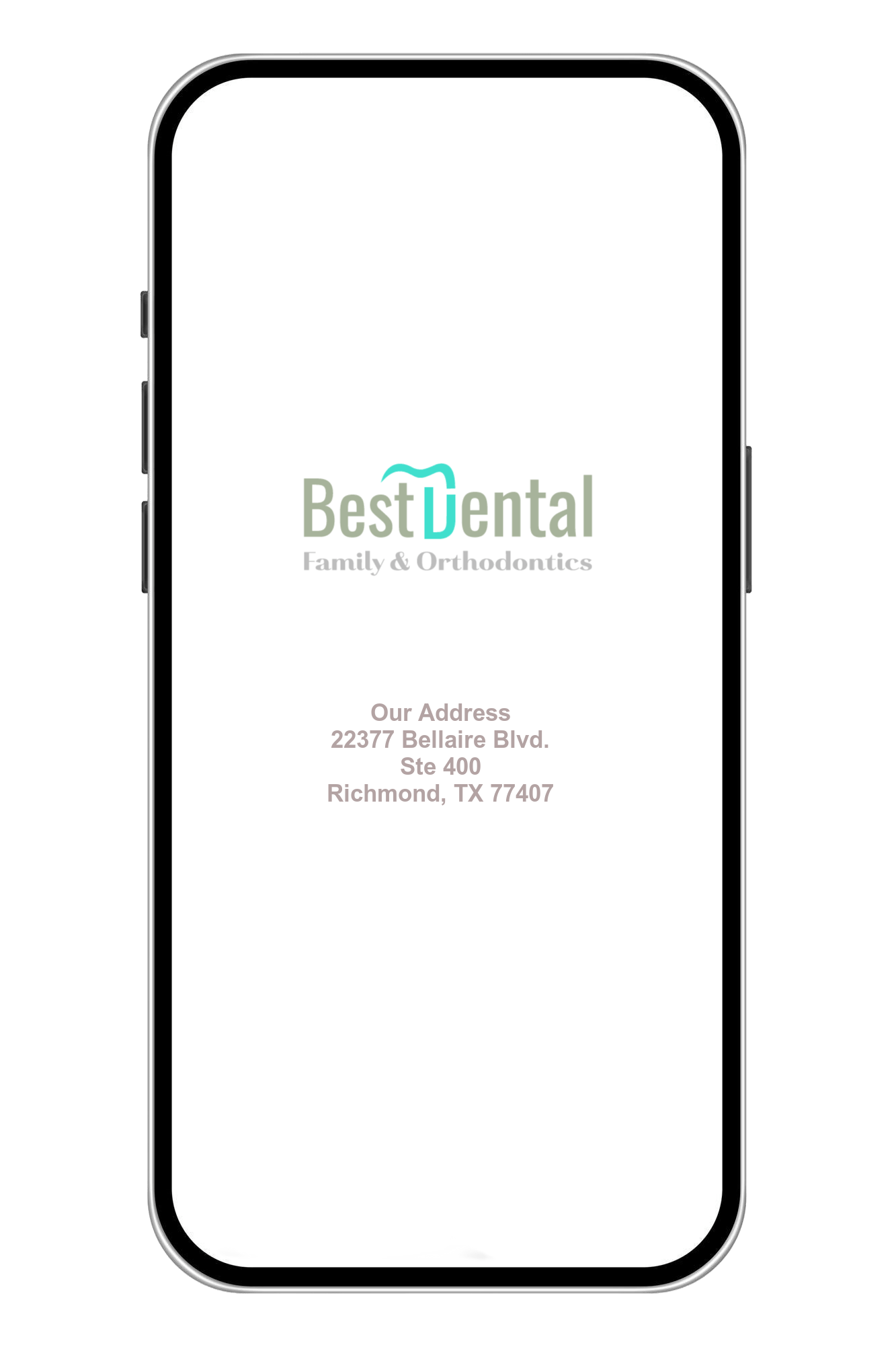Root Canal Therapy Sometimes Takes Two Visits
Root canals are a common dental procedure aimed at saving a severely infected or damaged tooth. The process involves removing the infected pulp and nerve tissues from the tooth's interior, cleaning, and sealing it to prevent further infection. While root canals have a reputation for being time-consuming and uncomfortable, they typically require two visits to the dentist for several important reasons. In this article, we will explore why root canals take two visits and the benefits of this approach for both the patient and the overall success of the procedure.
Initial Steps
In a standard root canal procedure that requires multiple visits, the initial appointment typically involves a comprehensive examination, including X-rays, to assess the extent of the infection and determine the complexity of the case. The dentist then administers local anesthesia to ensure the patient’s comfort before removing the infected pulp, nerves, and any debris from the tooth’s interior. After thorough cleaning and shaping of the root canals, the dentist places an antibacterial solution to disinfect the area and may apply a temporary filling to protect the tooth between visits. The second visit typically involves assessing the healing progress, ensuring the infection has been fully eradicated, and completing the final sealing and restoration, such as placing a permanent filling or dental crown to strengthen and protect the treated tooth. This multi-step process ensures thorough treatment and enhances the long-term success of the root canal procedure.
Is It Necessary?
Why is it necessary to complete a root canal treatment in multiple sessions rather than a single visit?
Completing a root canal treatment in multiple sessions, rather than a single visit, is necessary for several key reasons. Firstly, the multi-visit approach allows the dentist to thoroughly address complex cases where the infection might be extensive or the tooth’s anatomy intricate, ensuring the complete removal of infected tissue and bacteria. This staged process also permits the effective use of antibiotics and temporary fillings, which can help control any persistent infection and reduce the risk of complications between visits. Additionally, the time gap between sessions allows for adequate healing, reducing the likelihood of reinfection and ensuring the tooth’s readiness for the final restoration, such as a dental crown. By employing this comprehensive approach, the dentist can optimize the success rate of the root canal procedure and enhance the overall long-term prognosis for the patient’s oral health.

How does the use of antibiotics and temporary fillings in the first visit contribute to the success of the overall root canal procedure?
The use of antibiotics and temporary fillings in the first visit of a root canal procedure plays a crucial role in enhancing the overall success of the treatment. Antibiotics are often prescribed to control any existing infection and prevent its spread, promoting a healthier environment for the subsequent stages of the root canal. Additionally, temporary fillings are placed to seal the cleaned and disinfected canals, providing protection against external contaminants and minimizing the risk of recontamination before the final sealing in the subsequent visit. This approach helps manage potential discomfort and swelling, promotes healing, and reduces the likelihood of complications, ultimately improving the long-term prognosis for the treated tooth.
In what ways does the two-visit approach help in reducing the risk of complications and ensuring the long-term success of the root canal procedure?
The two-visit approach in root canal procedures contributes significantly to reducing the risk of complications and ensuring the long-term success of the treatment. By allowing for a thorough assessment of the tooth’s condition between visits, dentists can monitor the healing progress, address any persistent infections, and make necessary adjustments to the treatment plan. This approach also provides ample time for the patient’s immune system to respond, aiding in the natural healing process and reducing the risk of reinfection. Furthermore, the staged treatment facilitates the complete removal of infected tissue and thorough disinfection of the root canals, minimizing the chances of residual bacteria and promoting the overall success and longevity of the root canal procedure.

How does the additional time between visits allow for adequate healing and decrease the chances of reinfection?
The additional time between visits in a root canal procedure allows for adequate healing and decreases the chances of reinfection by providing the necessary period for the body’s natural healing processes to take effect. This interval allows the immune system to respond and combat any residual infection that may persist after the initial treatment. Additionally, it gives the surrounding tissues and bone time to recover from any inflammation or trauma caused during the initial cleaning process. By ensuring that the tooth and surrounding area are free from infection and inflammation before the final sealing, the two-visit approach significantly reduces the likelihood of reinfection and promotes the long-term success of the root canal procedure.
For More Information About Why Root Canals Take Two Visits Contact Our Team Today!
We look forward to hearing from you.

